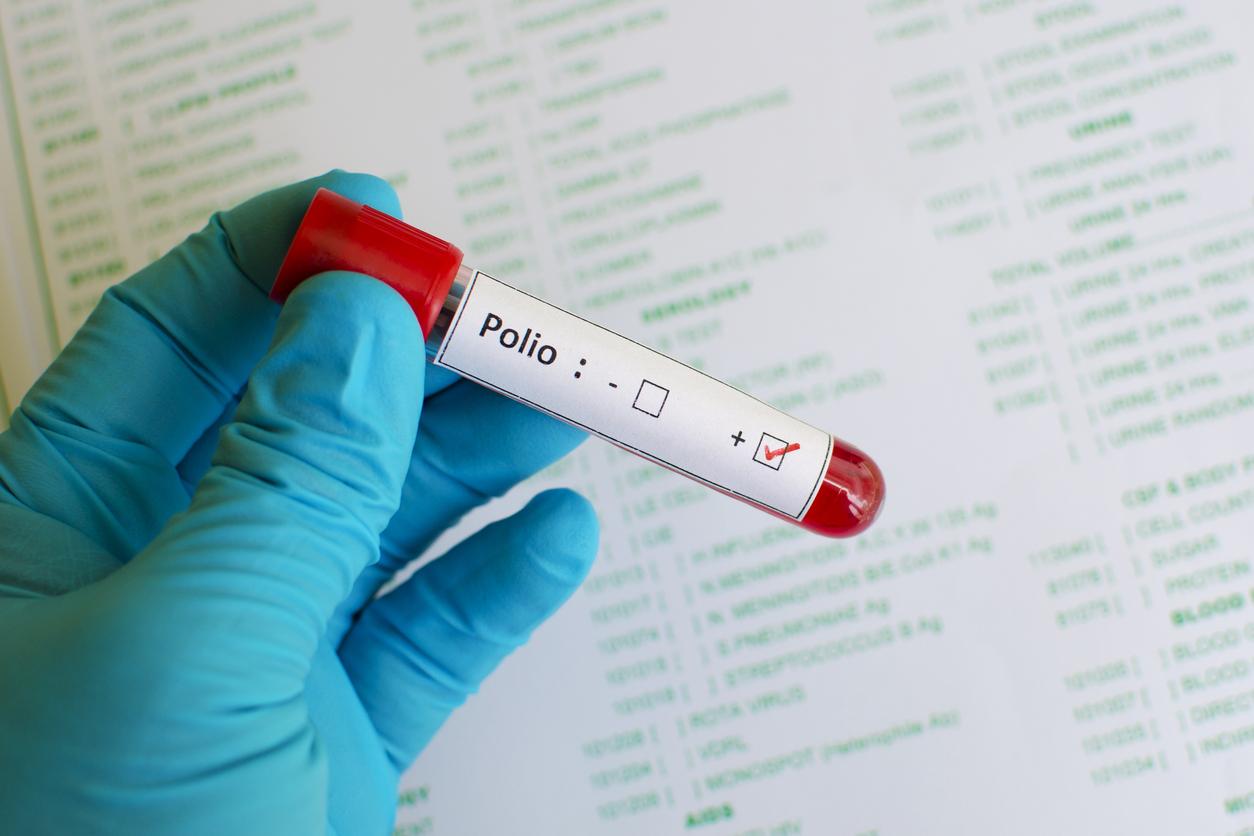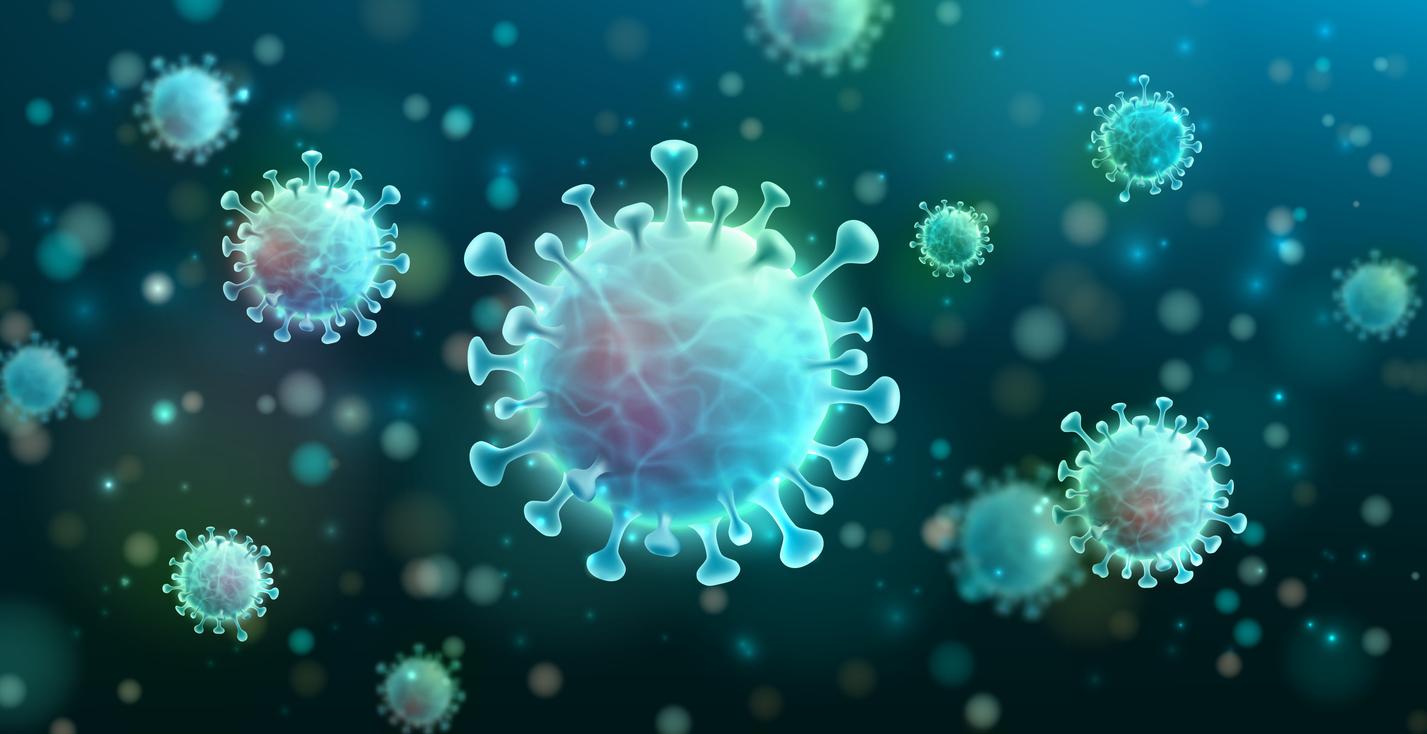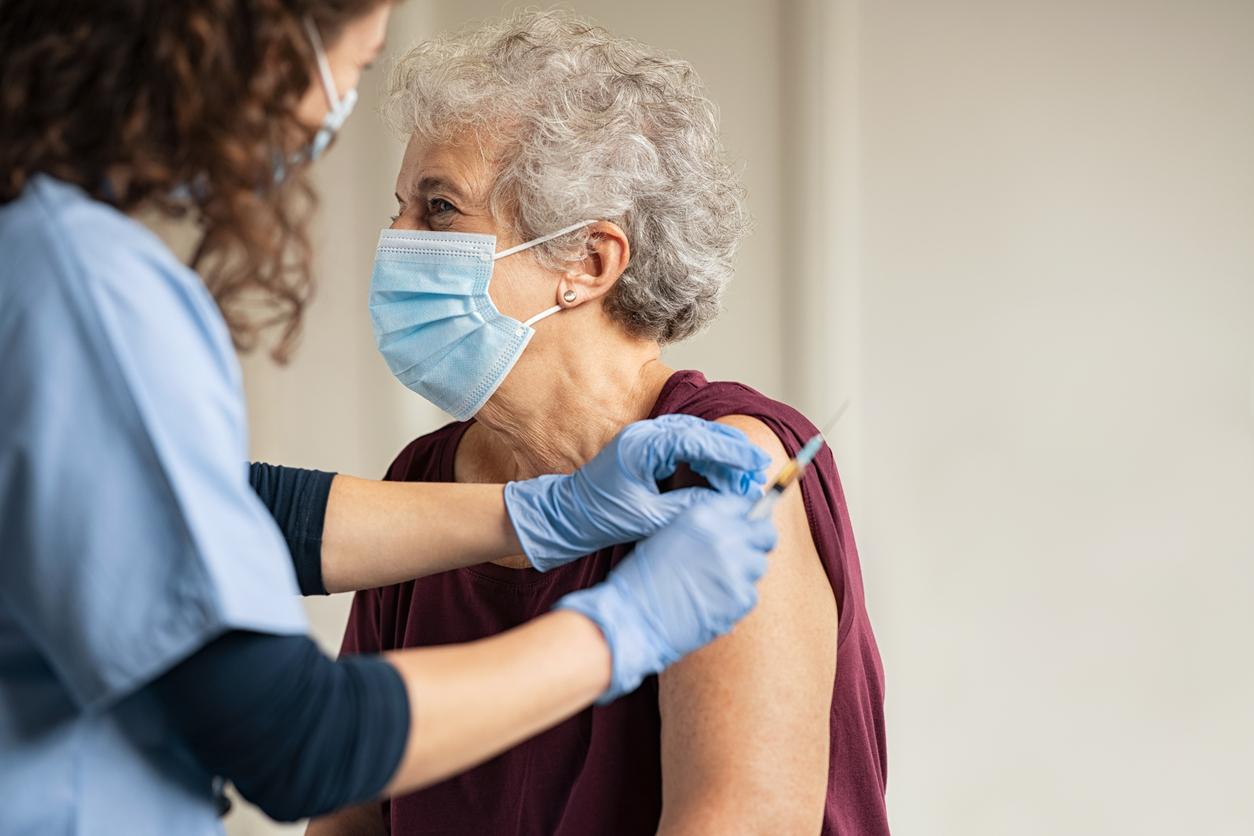The Covid-19 epidemic illustrates the permanent risk of seeing the proliferation of infectious diseases linked to demographic expansion and environmental upheavals. International coordination is necessary to identify the emergence of pathogenic viruses or bacteria, develop research and develop innovative treatments.

- Viral disease outbreaks have been accelerating for several decades
- Demographic changes and environmental upheavals favor the emergence of pathogenic bacteria and viruses
- The coronavirus crisis illustrates the risk of new pandemics
It was enough for a coronavirus dubbed SARS-CoV-2 to emerge at the end of 2019-early 2020 for the world of health to find itself almost in a state of amazement. And yet the risk was known. In recent decades, the appearance of new viral diseases has accelerated: Hong Kong flu in 1968, HIV in 1981, SARS in 2003, chikungunya in 2005, MERS in 2012, Ebola in 2014, zika in 2016.
Science fiction and “disaster movies” had long written the script for the crisis the world is experiencing with Covid-19. And in reality, the AIDS epidemic which has caused more than 32 million deaths since its appearance had shown that medicine could be caught off guard when faced with a new pathogenic agent: it took more than 13 years before tritherapies make it possible to control it beyond the respect of simple precautionary measures.
Disturbed natural balances
In a world “protected” by vaccines and antibiotics, one might have thought that our societies had gained the upper hand in the face of the threat posed by viruses and bacteria. The coronavirus crisis shows that it was only an illusion. As if modern societies could experience without consequence an increase in the world population which could reach nearly 10 billion individuals in 2050, an urbanization which is accelerating by multiplying the areas of high human density, an intense circulation of people and a degradation of the environment which disturbs the natural balances – the biologist Gabriel Laporta thus explains in The Lancet the link between deforestation and malaria– , without this opening the door to the emergence and spread of formidable infectious agents.
These demographic and environmental data are heavy trends which, even if they lead to a collective awareness of certain excesses, will not be reversed quickly. It is therefore almost inevitable to predict the appearance of other infectious diseases and the risk of new pandemics.
A necessary international collaboration
The coronavirus crisis shows that this danger is permanent. It is already taken into account by many institutes working on health challenges related to viruses and bacteria.. The Institut Pasteur thus coordinates a network of 32 structures spread throughout the world which collaborate on international research and public health projects.. Because, as LEEM (the French union for the pharmaceutical industry) points out, “at a time when the rapid movement of goods and people is increasing the risk of health crises, we need international surveillance and organization allowing close and rapid collaboration between the states”.
“In France, we have a health monitoring system which depends on a European center located in Stockholm which itself shares information from international organizations”, explains Dr Christophe Rapp who insists on the need to multiply the levels of information between states to deal with the threat.
The acceleration of research
An international coordination which, in the case of the coronavirus, also concerned research, which resulted in an incredible acceleration of the pace of studies making it possible to advance knowledge of the virus as well as the methods of management and the treatments. With a caveat that Dr. Rapp points out: “One of the great lessons of this epidemic is that in terms of research, you must never forget the basic principles and respect a methodology, otherwise you risk having inaccurate results. ! The time of research cannot be that of clinical management and whether it is for treatments or a vaccine, we cannot derogate from the stages of clinical research”.
On the other hand, the health response to be provided when an epidemic breaks out must be based primarily on the health system of each country. “We have in France a plan that exists against emerging pathogens, but we may have a doctrine, we must know how to adapt, in particular according to the mode of transmission”, specifies Christophe Rapp.
Act against antibiotic resistance
The other issue concerning infectious diseases is that which is linked to the emergence of ultra-resistant bacteria which limit the capacity of medicine to treat patients affected. “Twenty drug companies have come together to create a $1 billion Antibiotic Resistance Action Fund with the goal of bringing innovative treatments to market by 2030 that will change significant to clinical practice”, announces the LEEM.
Public health structures, researchers and clinicians and industry therefore remain mobilized on this subject of infectious diseases which have certainly not said their last word. The challenge is great to find the best responses to a microbial flora which, if it contributes positively to the development of our immune system and the balance of our metabolism, also risks at any time producing the worst enemy of the whole body. humanity.
Subject made from the LEEM file “100 questions about medicine”
Below is the link to the LEEM sheet “Will infectious diseases proliferate?”:
https://www.leem.org/100-questions/infectious-diseases-vont-they-proliferate
.

















